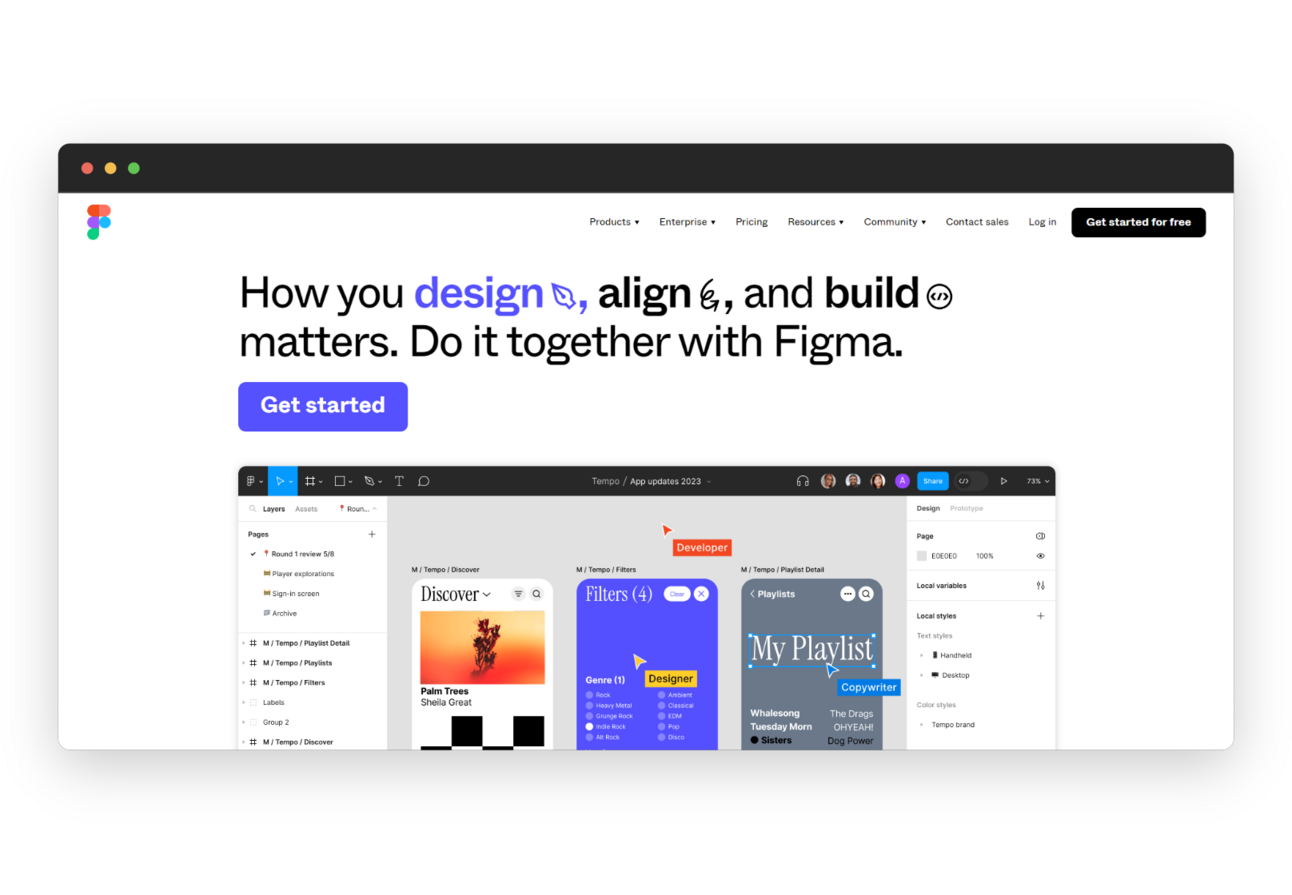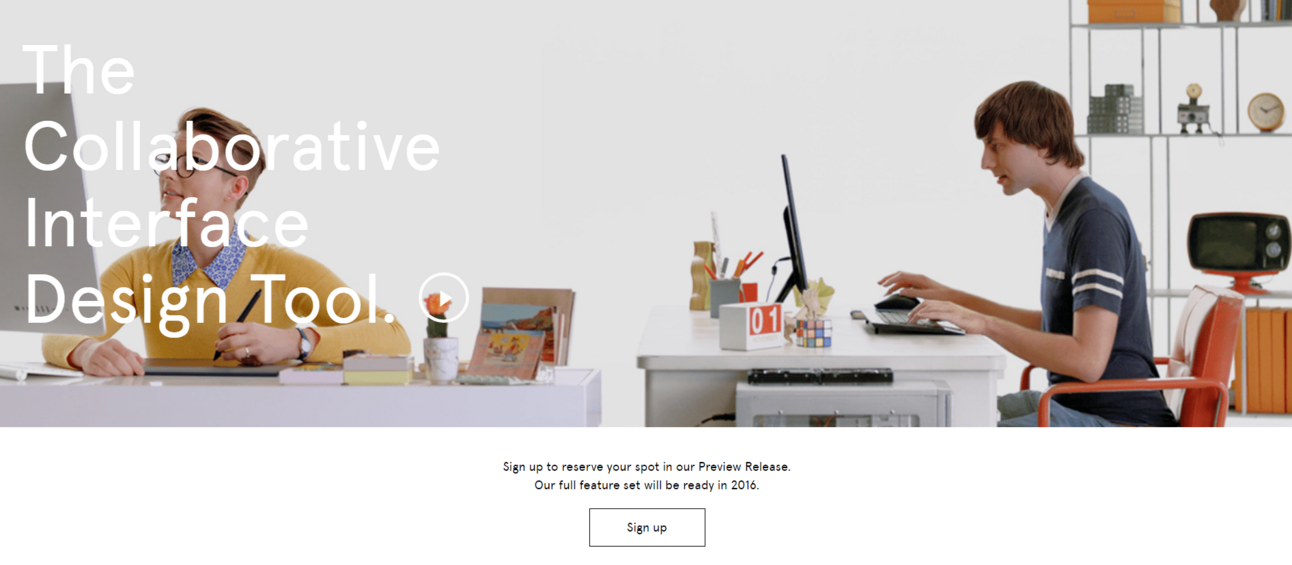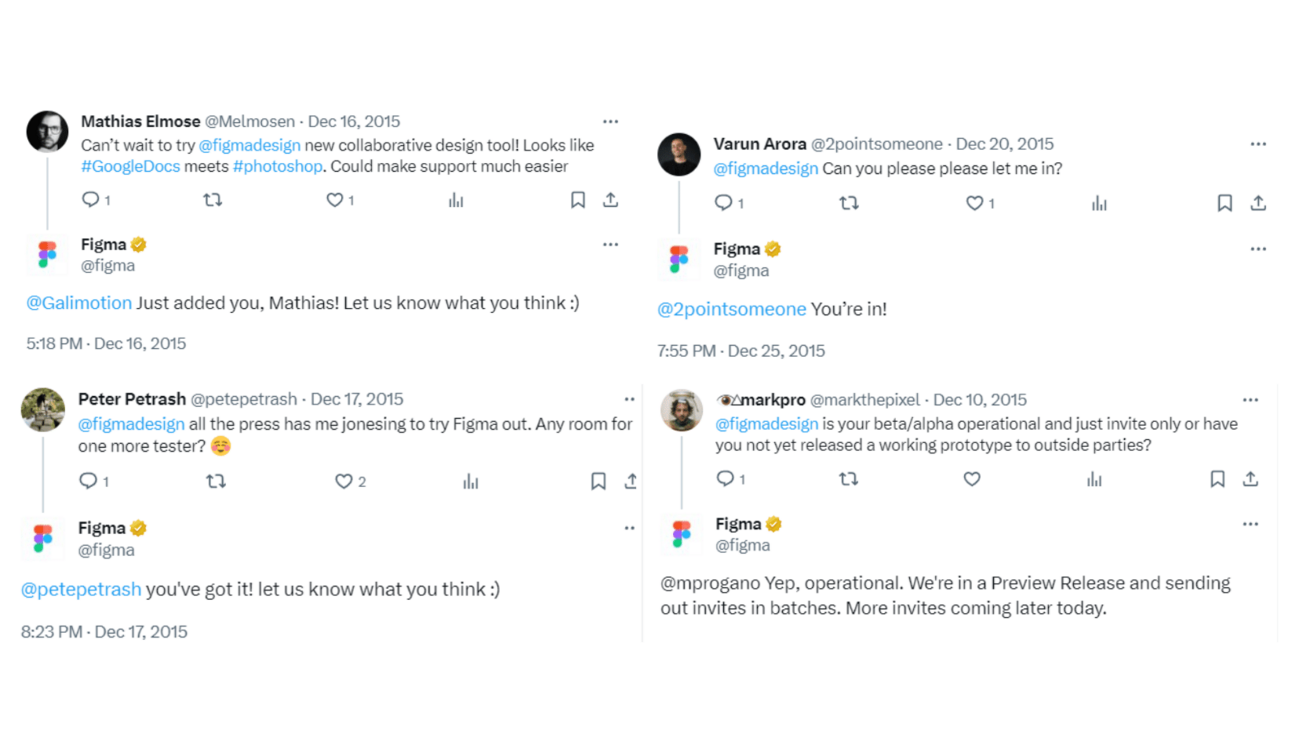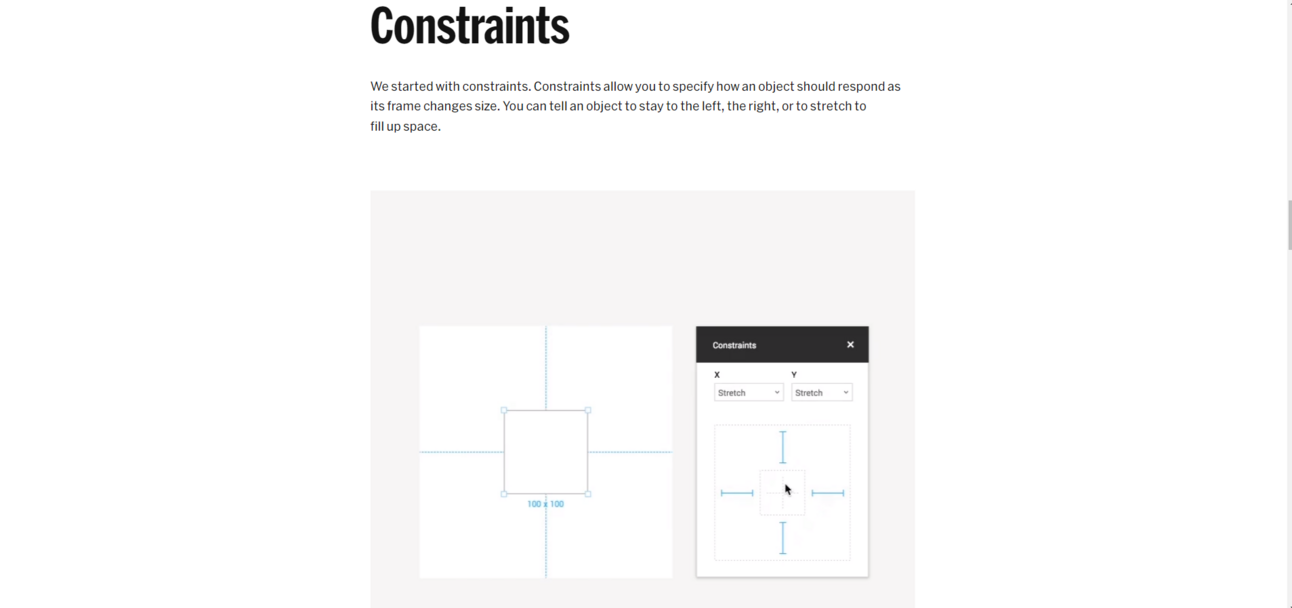Figma's Exact Community-Led Growth Strategy

Today, I’ve lined up one real-world B2B marketing case study on Figma that I’ve added to The Growth Archive.
Let’s jump right into it:

Nurturing Connections Before Launch:
Even before Figma was widely recognized, marketing leader Claire Butler was busy building strong ties within the design world. Figma created personal bonds with designers early on.
The Figma crew put more weight on what users thought of their tool over making quick sales. They showed the product to potential users and paid close attention to how thrilled people were about Figma.
This focus on user excitement helped the team refine their product to meet real-world needs.

Launch with Confidence:
The long wait before launch didn't discourage Figma’s team spirit, thanks to the continuous feedback from users and the sharing of progress within the team.
They decided to finally introduce their product based on the design community’s enthusiasm to try it out, as it was a solid sign that it was time to go public.
"After dogfooding Figma internally for the past eighteen months and working closely with alpha customers, I’m confident we’ve reached this high bar."

The Role of Influencers:
On the day Figma launched, they didn’t just wait for people to notice them, they actively looked for attention.
They created a special script to find the main influencers in the design field on Twitter and actively engaged with them to try out their tool.
Satisfied influencers ensured that many people would start talking about Figma.
Here’s the script you can use to replicate this..
Content Strategy Post-Launch:
After the launch, Figma kept up with a content plan that would really connect with their audience, who weren’t fans of typical software marketing.
They created deep, genuine articles and discussions about design that strengthened their bond with the community.
“I’ve found that especially designers tend to hate traditional SaaS marketing. They don’t want fluff”
For example.. One of the designers was passionate about grids, and he created a in-depth, visual post here

Community Engagement:
Figma knew that passionate users could be their biggest champions.
So they invited people over for simple get-togethers, like sharing a pizza, to chat about the product.
This laid-back approach helped turn users into vocal supporters of their community.
"87% of first-time Figma users were invited by a colleague."
Strategic Pricing:
When it was time to start charging for Figma, they made sure to keep the best parts of their product free.
This tactic allowed new users to experience what made Figma special without having to pay first, encouraging more people to use it.
Gradual Introduction of Sales as Support:
Figma brought in their sales team not to aggressively sell the product like traditional companies, but more of a way to assist the growing community.
This way, their sales efforts were seen as supportive by the users who were already spreading the word about Figma in their workplaces.
References:
- Official Website: figma
- Interview: firstround
If you enjoyed this post, you can get notified when I post more case studies like this.

I love how they prioritized excitement over sales. Figma's success lies in fostering genuine connections and adapting to user needs, setting a valuable example for B2B marketers. Really too bad for the Figma founders that the Adobe acquisition did not go through, but probably good for all of us who loves Figma.
Impressive B2B marketing insights from Figma! Building personal bonds with designers before widespread recognition, valuing user feedback over quick sales, and leveraging influencers for attention. Post-launch, their content strategy focused on genuine discussions, and community engagement through casual get-togethers strengthened user loyalty. Noteworthy is their strategic pricing, keeping essential features free, and introducing sales as support rather than aggressive selling. Figma's approach offers valuable lessons in nurturing a community-driven brand.
Great read! I have been turned on to Figma in recent years because I enjoy how much you can learn from other people's files. The file sharing built into the home search is mind-blowing. I come from a more marketing and generalist graphic design background but having the design systems to pick through helps me understand UI/UX. Game changer!
Hey! Interesting case. I'd love to hear how successful their community-led growth strategy has been. Exciting stuff!
Appreciate it